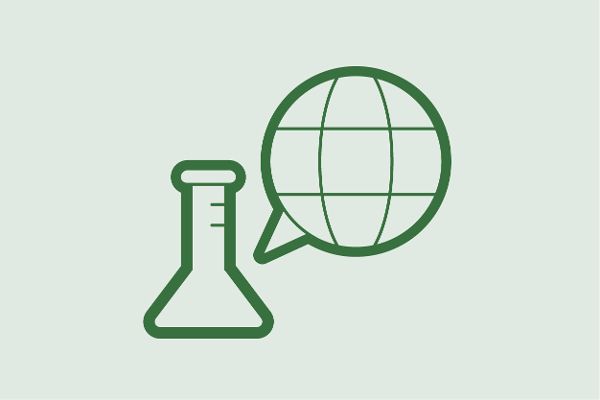Mercury Convention

On 16 August 2017, the Minamata Convention on Mercury entered into force on a global scale.
The city of Minamata was affected by decades of massive mercury contamination from mercury-containing wastewater, which led to "Minamata disease," a disorder of the central nervous system caused by poisoning with the heavy metal.
HinweisHinweis
The sixth Conference of the Parties (COP-6) took place in Geneva, Switzerland, from 3 to 7 November 2025. (mercuryconvention.org).
Occurrence and utilization
Mercury (Hg) is a poisonous heavy metal that is widespread across the environment and accumulates in various organisms. Hg is released into waterbodies and the atmosphere during the weathering of rocks and volcano eruptions, but primarily due to anthropogenic activities, and in particular, through the burning of fossil fuels (mainly coal!), mining activities, industrial processes and through mercury-containing products, such as electrical devices (switches, fluorescent lamps and energy-saving lamps), dental amalgam, measurement devices (clinical thermometers, barometers, laboratory instruments) and batteries. The Convention governs the emissions and releases into the air (see figure), water and soil.